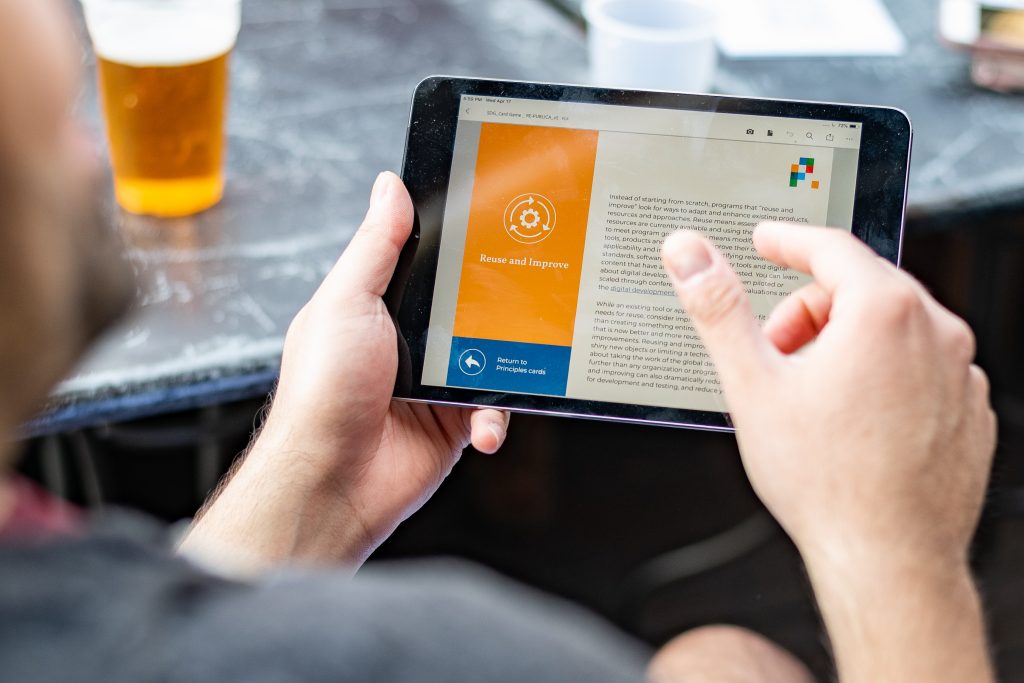Nearly two decades of data-driven schooling demonstrate that better learning outcomes won’t come from more learner data, but rather from better trainer strategies. And nowhere is this more vital than in teaching soft skills that are more valuable to construction company employers and in less danger of automation.
However, the primary means of online education still focus on cheap credentials and low costs to acquire technical skills, instead of providing high soft-skill value to the learner. But as more learners tire of the MOOC bait-and-switch, online educators run the risk of re-learning the same lessons online, as have been uncovered in person.
There’s no substitute for practice. But here are some research-based principles of instruction established through cognitive science, classroom practices of master teachers, and cognitive supports to help students learn complex tasks.
1. Begin sessions with a short review of previous learning, as well as context for the session for the students.
Our webinars are geared towards adult learners, who are globally distributed, but united in being extremely busy. Deloitte estimates that the average employee can only devote an average of 24 minutes per week to professional development, which means that every minute counts. Even in the most engaging of classes, participants are unlikely to recall all relevant concepts and vocabulary from working memory, making it difficult to learn new material required for subsequent learning. This also provides facilitators with the opportunity to directly connect the coming session with learning outcomes, which is critical for purpose-driven adult learning.

2. Present new material in small steps with opportunities for students to practice at each step. Make sure they all start at the same time.
Presenting too much material at once will confuse participants because their working memory will be unable to process it. Rather than an all-encompassing course module, seek to break up your content into a series of short presentations that provide opportunities for guided student practice. This will also provide you more opportunities to check understanding at each point and reteach selected modules where necessary, rather than getting to the end of the course and being surprised at poor results.
3. Ask a large number of questions and check responses of all participants. Involve the class if you can.
Always remember that you can involve all participants through having them respond to threaded forums, answering one another’s inquiries, and responding to polls during live events. Not only is active participation powerful for learning outcomes, but also it will provide you with an opportunity to assess what percentage of your students are confident and correct in their responses so that you can see where reteaching or further examples are needed. Some examples of prompts are:

4. Require and monitor independent practice, as well as cooperative learning where possible.
Participants do better when they help one another study, as cooperative learning provides an opportunity to explain the material to someone else, and then get feedback from their peers. Not only is independent / cooperative practice required to achieve learning outcomes, but also it provides good structure for when the class is over an learners will have to maintain and update their knowledge on their own.

5. Embrace mistakes and adjust when needed to prevent students learning errors. Our free chat will open for you the world of bright impressions. Connect and use a normal webcam to watch what happens in the rooms of the girls. You can also write girls private messages and conduct dialogue. On our website live porn cams watch explicit porn from Webcams online, without registration and absolutely for free. All videos can be downloaded to your phone in mp4 format. Naked Russian beauties solo and private recordings of married couples with laptops.
It’s important for learners to achieve a high success rate during instruction, where around 80% of learners are learning the material yet still being challenged. And part of that depends on adjusting if you are not achieving that target, as it’s harmful for learners to practice errors that they will eventually have to unlearn. Through an iterative approach, you’ll be able to prevent learners from falling behind (which then means they are likely to fall further as the class progresses), and achieve even better success for the other strategies presented.
There’s always more steps to take to improve an online learning approach, but starting earlier is an advantage. If you’d like to learn more about the TechChange model, take our online course, TC101: How to Teach Online.














